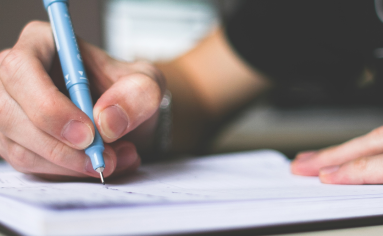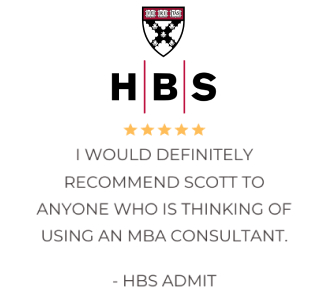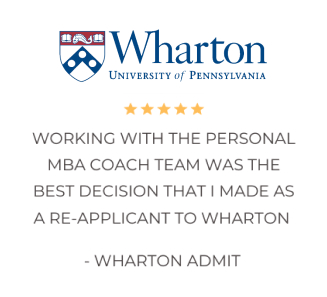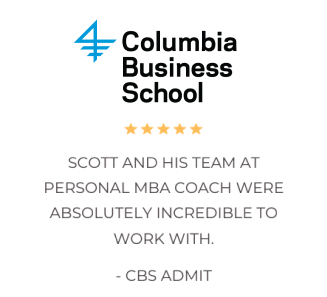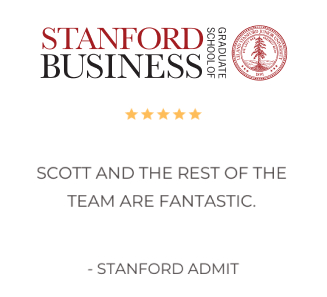MBA video essays have become an important part of the business school application process. They give schools a closer look at who you are beyond test scores and written responses. The challenge is that video essays can feel stressful. A camera is not always the easiest place to show your personality. We help applicants prepare so they can present their ideas naturally and confidently.
Understanding the Purpose of MBA Video Essays
The video essay gives admissions teams a chance to see how you think and how you speak under time pressure. It shows your communication style, your ability to organize thoughts, and the personality you bring to a program. Business schools want to know how you might contribute in class and in group projects. While your written essays share your story, the video essay adds another layer of authenticity. Schools want to see if your presence on screen matches the person described on paper.
We always remind applicants that the video is not about perfection. It is about showing a genuine side of yourself. The focus is not on flawless delivery, but on clarity, warmth, and confidence. When you prepare the right way, the video essay becomes less intimidating and more like a conversation.
Creating a Strong Foundation Before Recording
Preparation starts with understanding what schools are looking for. Each school designs its own questions, but most will touch on your background, goals, and how you handle challenges. To get ready, practice organizing answers around a clear beginning, middle, and end. This helps keep responses structured and easy to follow.
It is also helpful to practice with a timer. Since video essays often have strict limits, you must learn how to deliver strong points in a short window. Practice out loud until your ideas flow naturally. Recording yourself during practice sessions allows you to notice body language, tone, and pacing. Small adjustments made early can make a big difference on the actual recording.
Confidence comes from preparation. The more you practice under timed settings, the more natural your delivery will feel. Over time, your nervous energy shifts into focused energy, helping you shine on camera.
Presenting Yourself On Screen
How you appear on camera makes a lasting impression. A clean background, good lighting, and professional clothing signal that you take the process seriously. Sitting in a quiet space with no distractions allows your words to stand out. We always advise applicants to test their setup ahead of time so there are no surprises on the recording day.
Body language is just as important as your spoken words. Sitting upright with steady eye contact helps you appear confident and engaged. Smiling at the start of your answer helps set a positive tone. Gestures are fine as long as they are natural and not distracting. Every small detail contributes to how admissions teams perceive your presence. Practicing on video calls with friends or mentors can help you see how others experience your delivery. Even small adjustments to posture or tone can create a noticeable difference. The goal is to look approachable and professional at the same time.
Remember that the goal is not to look rehearsed but to appear genuine. Speak at a steady pace, avoid rushing, and allow pauses where needed. A calm and clear delivery helps the admissions team focus on your message. Practicing with varied questions can train you to stay steady no matter what is asked. This habit builds flexibility and reduces the risk of sounding stiff. Over time, your confidence will carry into your natural presence on screen.
Handling Common Question Types
Schools often ask about your professional goals, leadership experiences, or a time you faced a challenge. Some may include creative or personal questions to see how you think on the spot. Preparing stories in advance is useful, particularly if you outline the key points you want to cover. Think of examples from work, school, or community activities that highlight problem-solving, teamwork, and resilience.
Each story should highlight your role and the outcome and include specific details vs. generalizations. Remember: show vs tell. By framing your response this way, you make your contribution clear without sounding rehearsed. If you are asked an unexpected question, take a breath before answering. Even a short pause shows that you are thoughtful. Practicing this technique reduces the pressure to rush and helps your words come across with clarity. When you prepare stories that show different sides of your experience, you will be ready no matter the prompt. Admissions teams value a balance between professional and personal insights.
We often remind applicants that it is fine to keep answers simple, as long as they are specific. Schools do not expect polished speeches (and you should avoid reading word for word from a script). They want to see natural communication. A direct and authentic answer often leaves a stronger impression than a long and complicated one. Keeping a clear structure (which you should already have in your outline) helps you avoid losing focus while answering. Practicing transitions between ideas can also make your story easier to follow. When your response feels natural, the admissions team will have an easier time connecting with you.
Managing Stress and Staying Calm
Feeling nervous before recording is normal. The key is learning to manage those nerves. Practicing relaxation techniques, such as slow breathing, helps calm your body before you begin. Having a short routine that centers your mind before pressing record can also help.
We encourage applicants to view the video essay as a chance to share rather than a test to pass. Changing the mindset from fear to opportunity makes a big difference. Confidence grows with practice, but it also grows from self-awareness. Remind yourself of your strengths and the hard work you have put into the application. Taking a moment to reset before answering helps you stay present. Even smiling before you begin can shift your mindset into a calmer space. Small habits like this build a sense of control during the process.
The admissions team is not looking for perfection. They want to see how you think and communicate. Keeping this in mind helps reduce pressure and allows your personality to shine through. Visualizing success can help settle nerves and build confidence. Practicing under conditions similar to the actual recording reduces surprises. Over time, the pressure you feel can transform into focus that strengthens your delivery.
Working with professionals can give you a sharper edge in the process. Practice interviews, timed sessions, and detailed feedback help you refine both content and delivery. As part of our Comprehensive Packages, Personal MBA Coach supports applicants through targeted coaching for MBA video essays. Our team uses years of experience and insider knowledge to guide applicants through practice, feedback, and strategy. This support helps applicants feel prepared and confident when it is time to record. Many of our clients discover that the video essay is where they truly stand out.
If you are ready to prepare with expert support, contact us today to learn how we can guide you through the process.






